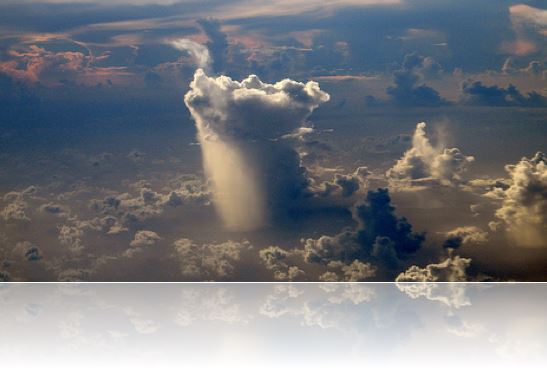 AtmoFlEx
AtmoFlEx
Turbulent Transport in the Atmosphere: Fluctuations and Extreme Events
Synopsis of the research project
A major part of the physical and chemical processes occurring in the atmosphere involves the turbulent transport of tiny particles. Current studies and models use a formulation in terms of mean fields, where the strong variations in the dynamical and statistical properties of the particles are neglected and where the underlying fluctuations of the fluid flow velocity are oversimplified. Devising an accurate understanding of the influence of air turbulence and of the extreme fluctuations that it generates in the dispersed phase remains a challenging issue.
This project aims at coordinating and integrating theoretical, numerical, experimental, and observational efforts to develop a new statistical understanding of the role of fluctuations in atmospheric transport processes. The proposed work will cover individual as well as collective behaviors and will provide a systematic and unified description of targeted specific processes involving suspended drops or particles: the dispersion of pollutants from a source, the growth by condensation and coagulation of droplets and ice crystals in clouds, the scavenging, settling and re-suspension of aerosols, and the radiative and climatic effects of particles.
The proposed approach is based on the use of tools borrowed from statistical physics and field theory, and from the theory of large deviations and of random dynamical systems in order to design new observables that will be simultaneously tractable analytically in simplified models and of relevance for the quantitative handling of such physical mechanisms. One of the outcomes will be to provide a new framework for improving and refining the methods used in meteorology and atmospheric sciences and to answer the long-standing question of the effects of suspended particles onto climate.
For more details, please refer to the description of research activities

This project has received funding from the European Union’s Seventh Framework Program for research,
technological development and demonstration under grant agreement no 240579





